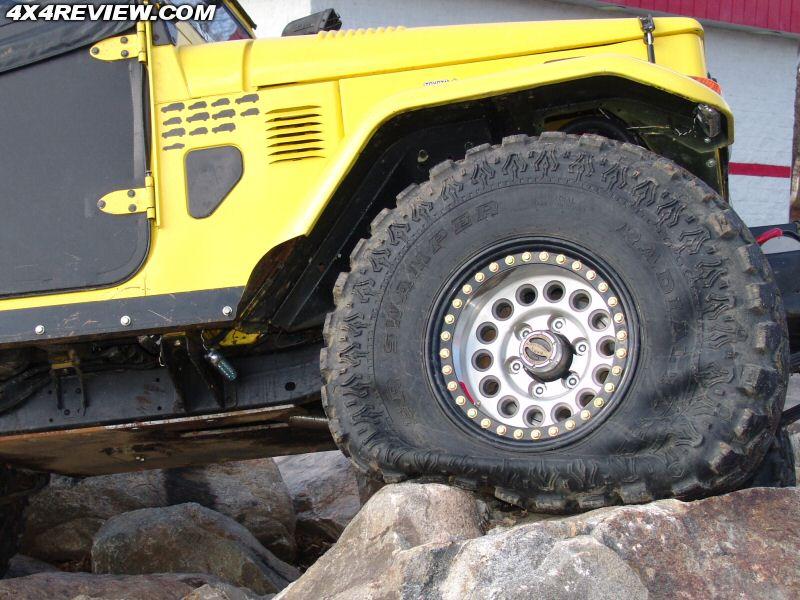The ground pressure will, for all practical purposes, be the same as the tyre pressure (the sidewall stiffness will add some pressure, but for most real life situations this is negligible.
So on this basis, the width should make no difference as long as the tyre can operate at the necessary pressure, although fitting/not fitting existing ruts may be a factor. I can't see how diameter can make any significant direct difference either, although it will make a very sigificant indirect difference - larger diameter means better ground clearance, and the difference between dragging the diff through the mud and not doing this really does make a difference.
John
John
JDNSW
1986 110 County 3.9 diesel
1970 2a 109 2.25 petrol





 Reply With Quote
Reply With Quote


Bookmarks